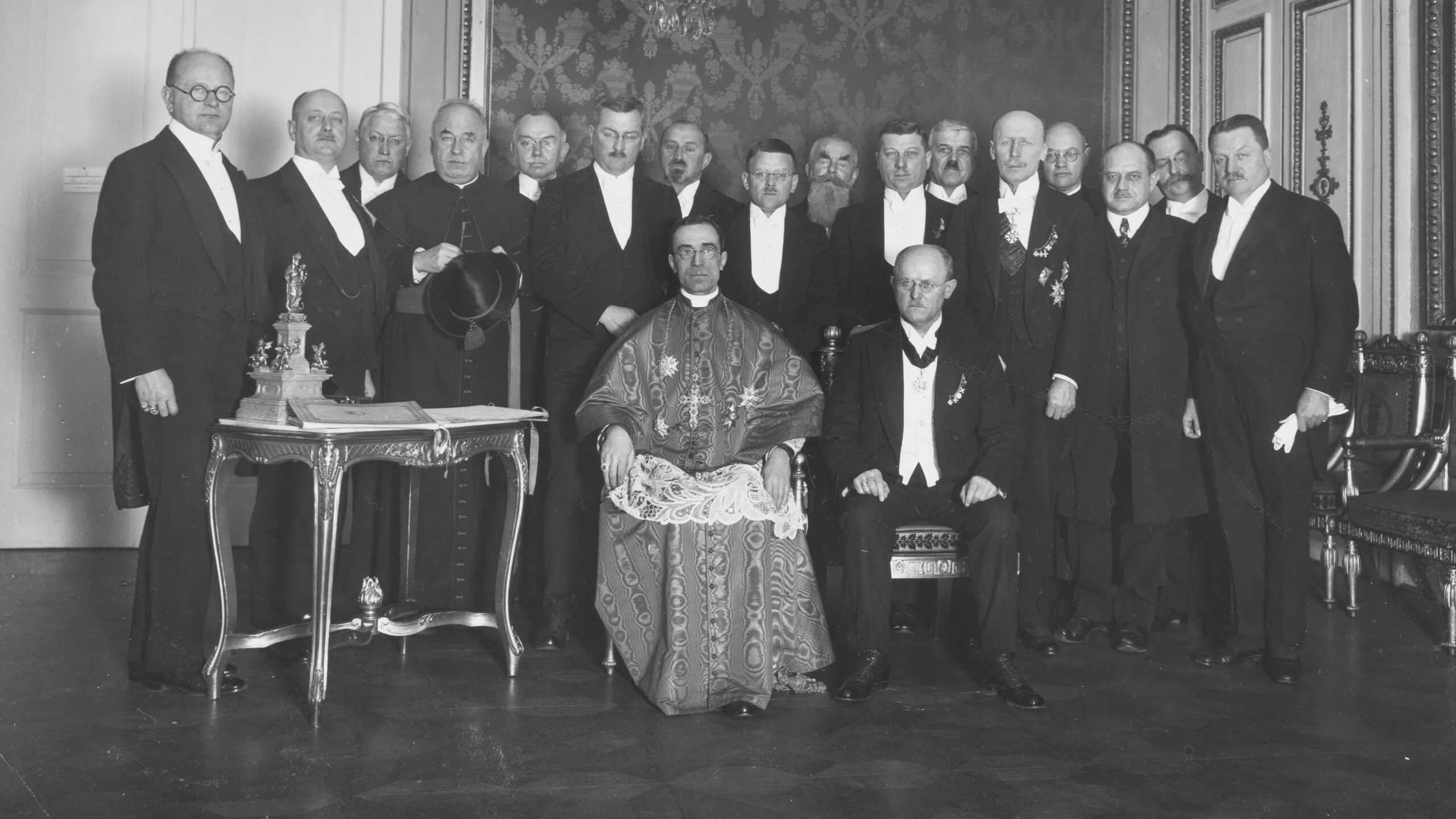As part of a co-operation conference in Rome (Casa Santa Maria), we are looking at the two concordats of the Holy See with Bavaria in 1817 and 1924.
100 years ago, the Holy See and the Free State of Bavaria concluded their concordat, which is still valid today. Our conference in Rome, entitled "Normality, calculation, conflict", will focus on the origins of this ecclesiastical treaty, which was ratified in January 1925, and its domestic political significance for Bavaria at the time.
But we also look back into history. Close and not always conflict-free relations with the papacy in Rome and also with the ecclesiastical principalities surrounding the duchy had characterised ecclesiastical life in Bavaria for many centuries since the Middle Ages. Treaties between Bavarian rulers and prince-bishops had been an essential part of this policy for centuries.
With the radical changes in Europe, especially in Germany and Italy, at the end of the 18th and beginning of the 19th century, after the French Revolution and the Napoleonic upheavals, the situation changed fundamentally. Bavaria became a sovereign state, the previously equal prince-bishops were now subjects of the Bavarian king, and the ecclesiastical structures became even more integrated into the state than before. This necessitated agreements with the Holy See, which, unlike the bishops, retained its ability to act politically even after the secular upheavals. A first concordat in 1817 regulated church life in Bavaria for over 100 years before it was replaced by the current - also long-lasting - treaty.
The lectures at the symposium deal with the history of the Papal States in the last 100 years of its existence, report on the emergence of modern Bavaria and explain the sometimes lengthy and controversial negotiations that preceded the conclusion of the respective concordats.
